#wheelgunwednesday
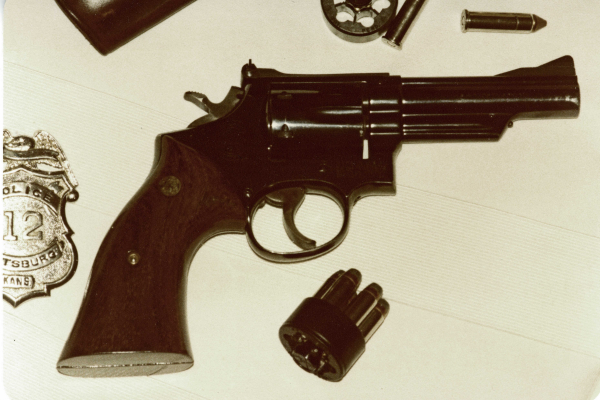
I got pulled in to listening to the Primary & Secondary Modcast on the 357 Magnum cartridge. Podcasts as a class of information transmission are plus and minus, hit and miss – but this discussion was compelling and had me hearken to an earlier era. A combination of “ballistics nerds” and a gun guys’ discussion, I found myself recalling my life experience with the cartridge.
Why a cartridge story on wheelgun Wednesday? The 357 started out as a revolver cartridge. In the history of the round, which Chuck Haggard sums up on the Modcast, it started out as something to increase the power of the 38 S&W Special, itself an upgrade from a previous black powder round. In the era of smokeless powder, the 38 had plenty of room for more power, but a number of revolvers had already been produced pre-smokeless. An up-powered 38 could turn one of those guns into a grenade.
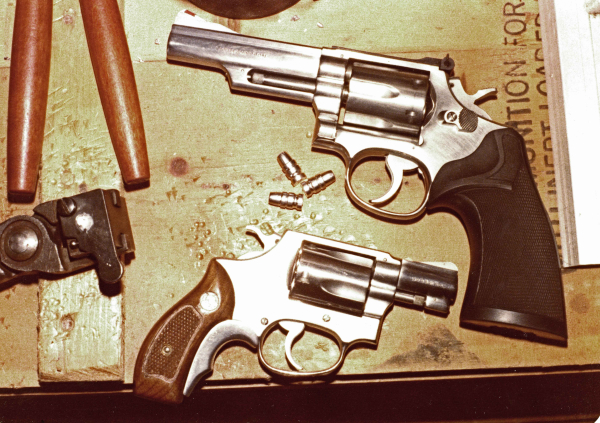
A response to the Model-T busting Colt 38 Super in the era of “Depression-era bandits,” the Magnum had a case with the nominal dimensions of the 38 Special with a case length just over1/10th inch longer. Using bullets of 160 and 173 grains that were designed by Elmer Keith, Phil Sharpe (NRA) and Douglas Wesson took the idea to Winchester. The load produced, according to Dave Campbell in NRA’s American Rifleman, featured a 158-grain lead SWC with a velocity of 1,525 fps from an 8 ½” barrel.
My introduction to the 357 was in my first centerfire handgun, a second-hand Colt Python. The first load, which I couldn’t purchase due to my tender years, was obtained for me by a staff sergeant in our S-3 Shop on Sand Hill at Ft. Benning.
Yes, I’d fired M16s and M60s, but couldn’t have revolver ammo – for public safety.
The load was Federal’s 158 grain jacketed softpoint, an analog of which they still load today. The predated the lightweight, high speed 357 that became famous as a police revolver.
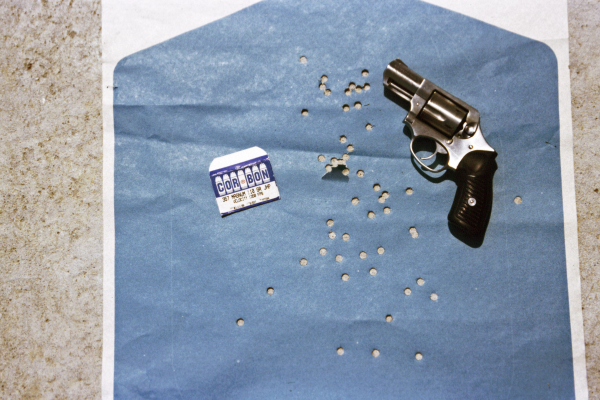
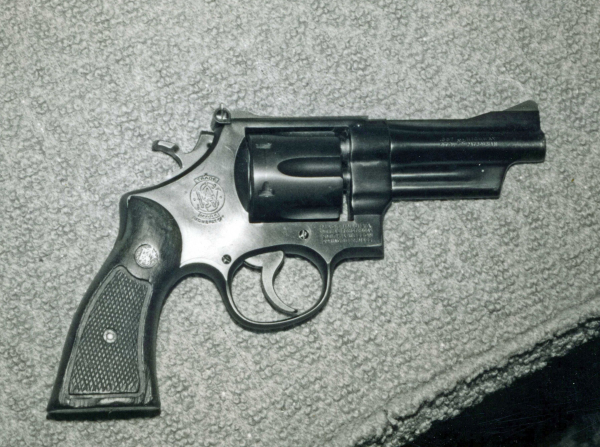
I’d wandered into Ruger Blackhawks, buying a 4 5/8” model and trading into a 6 ½” convertible with a 9mm cylinder a short while later. Having read Skeeter Skelton, Bob Milek, Elmer Keith and Jeff Cooper, I knew I had to get into reloading. I had barrels of brass I’d thoughtfully policed up for shooters at bullseye matches. With a Lyman turret press, a carbide sizing die and powder scale, I was in business. I sprung for a powder measure, speeding up the process.
What loads? I won’t tell you.
This was nearly fifty years ago and while you can find powder with the same names, I’d doubt they’re the same formula. I didn’t take that advice in the day. I’d gotten a Lyman 358156 bullet mold, that threw a gas checked semi-wadcutter designed by Ray Thompson. It had one lube groove and a pair of crimping grooves. As I was overstocked on 38 brass – and I could read Skeeter Skelton’s articles – I did what he’d done in the late 1940s- early 1950s when Magnum brass was scarce. He’d load a healthy charge of Hercules 2400 into a 38 case and seat the Thompson bullet out to the second crimp groove, giving the load more space and generating less pressure.
I have no idea how fast that load went; Skeeter figured it at around 1,200 fps from his 5” M27. I’m guessing my loads were somewhat less than that, but you still knew the gun had fired. I stupidly fired that load in small 38s as well as the Blackhawks and a Thompson/Center Contender … a single shot.
With the right alloy, the bullet was superbly accurate and I confirmed what Skeeter had written about the load: If you zero the gun with 38 match wadcutters, this load struck to about the same point of aim without adjusting the sights.
I won’t say that I carried that load on duty. It’s silly to carry reloads on duty. I will say that I found Remington and Winchester 125 grain 357 Magnum loads of the late 70s to be exhilarating to shoot. The blast was profound.
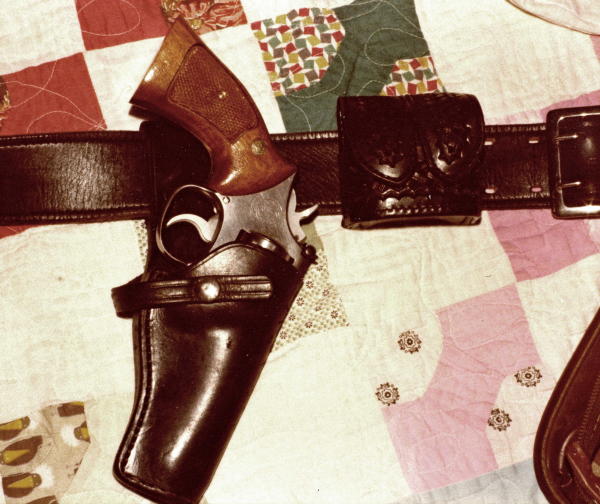
In my terminal agency, they had S&W Model 686s. In my experience, they didn’t seem to ‘fall apart’ from use with Magnums. The outfit issued Winchester Silvertip 145 grain 357s and we shot remanufactured ammo with 158 grain SWCs (that leaded hell out of the bores) from … I swear this is true … Bob’s Office Supply.
I didn’t have a chronograph at the time, but if I had to guess the muzzle velocity would likely be close to the load from High Desert Cartridge Company that was specified by Darryl Bolke. That we needed lighter loads in full-length 357 brass was noticed by Remington; they used to have a “medium load” 357.
And, before Matt Landfair sends in a correction, the 357 is a dandy load from a carbine also. But this is #wheelgunwednesday.
— Rich Grassi